Katy Kirbach: Pink Cut Pink
September 4th — October 30th, 2021
RUSCHMAN
4148 N. Elston Ave., Chicago, IL 60618
PINK CUT PINK
There is no way to read x other than through y, a friend tells me, even if x came before y
and you’ve never read y. (The variables standing in here for two male authors who have been given more than
enough stage time in the arts discourse over the past decades). I remember struggling with this statement, so
confidently thrown at me by my friend, suspicious of the seduction of such inversions that sound clever because they
make you feel stupid, as if you had not gotten the memo about how to bend your thinking into the latest knot. I remain
suspicious of this kind of rhetoric and yet, in Katy Kirbach’s studio, listening to her speak about the last painting
in the series that forms the body of Pink Cut Pink, I begin to think that maybe my friend was right. Because in
the seriality that is creation, things that come later in time may have been present in the other works all along.
There is no way to look at any of the paintings of the show other than through On a Clear Day (even if you’ve
never seen it). It is present in all of them, but not as an outcome or consequential step in a series of one thing
leading to the next. Not as an answer to a question asked in the beginning. But rather present as an absence, a
lingering question that had not articulated itself – yet. I believe that all making is moved by this not-yet, this
leaning towards something, what Anne Carson defines as the dialectic that moves desire itself. Paradoxically then,
it seems to be seriality that undoes linearity, and I say paradoxically because up until that day in Kirbach’s studio,
moving close up to the paintings and away again, looking at them individually and as a series, I had thought
seriality and linearity were just two terms dragging the same cart along the time arrow. They might not mean the same
thing but they were running in the same direction. It needs a clear day for me to put into words what my moving, seeing
body in her studio knew all along: Seriality in Kirbach’s work is a spatial concept.
CUT
If seriality is a frame for the not-yet (and hence for desire) then repetition is the movement within that frame. In
one of his seminars y differentiates between two kinds of repetition, automaton and tyche. The former stubbornly
starts over just to produce the same over and over again, while the latter produces something new by searching for the
known in the unknown. Desire falls into that latter category. Desire is a play which casts the unfamiliar in the role of
the familiar and thereby allows for contingency (who will show up for the casting call?) without arbitrariness (do they
bring what it takes to play the part?). And sometimes it needs the perfect cast to re-invent the part by undoing it.
“Every artist wants to make something impossible” Kirbach tells me. I need a moment to take this statement in. But when
she talks about the desire to create an invisible painting, to cover her own tracks to the point where a painting is undone
by the same process that is its own becoming, I know what she means. An impossible endeavor – and yet. On a Clear Day
sublates its own material structure – a weave of canvas strips painted front and back – in light and color. This process
requires a meticulous eye, a continuous catching up and tuning in to the contingency of light in the repetition of gestures
that bring the material object into being. Only if the green paint applied to the surface is the exact color of the green
reflection on the wall the structure withdraws – an eerie effect that lets me, too, reach for words that usually seem to
exist in opposition to the process of making: Invisibility. Impossibility. Undoing.
CUT
Iris, the protagonist of Clare Sestanovich’s short story Annunciation is having a spiritual moment. Induced by a
sunburn. Sitting at the pool by her mother’s house she can feel her skin turn pink: “It seems for a moment like a religious
thought: that light is also heat.” We are so accustomed to treating color as attributes applied to objects that the mere
thought of feeling color (the heat of a sunburn on your skin, your cheeks burning with excitement, your face blushing in
embarrassment) seems like cheekily sticking one pinky finger into the mystical. In Kirbach’s studio I can’t help to think
that there is something cheeky about her paintings, too. A certain playfulness in the way they withdraw, in the way they ask
me to bring my body into just the right position to see them blush. Matching the paint applied to the cross-sections of the
weave to the reflecting light of color painted on the back is a process that requires skill and precision on behalf of the
maker, but it also creates a sensation of precarious longing in the viewer. The authority of spectatorship that binds an
artwork to the eye of the beholder is unsettled because the beheld seem to demand to be seen in the right light – which,
depending on the light conditions on a particular time of the day in a particular space, might not be accessible from the
familiar viewing position AKA the frontal view. I find myself trying to catch up with these paintings by moving my body in
space, a play of longing, seduction and coy reveal. To see them blush – which is the word I keep returning to in order to
describe the effect of reflection and paint bleeding into one another – makes me acutely aware of my own body. Bent forward
or sidewards in my attempt to find the perfect viewing position I feel like I must be blushing too, so aware am I of my
voyeuristic desire to see something that is constantly slipping away from my view.
CUT
A bathrobe with a pattern of half-moons that takes up most of the canvas, worn by a woman, painted in the late 19th century
by z. And a century later: Another man (who simply shall remain unnamed since I am running out of letters of the alphabet)
who wonders “If you removed the leaves of the bathrobe, would you touch the skin of the brown-haired woman or the canvas of the
picture?” There is a photograph on Kirbach’s website, a few years old, in which she is holding one of her large-scale paintings.
We don’t see much of the artist in this frontal shot except her feet in black sandals peeking out from below and her hands with
red nail polish clasping the sides of the painting. It’s a teasing shot. Alluring. Not because there is a human figure concealed
by a canvas but because a painting is taking up a stance on its own physicality. To me the body is always present in Kirbach’s
work. There is my own body bringing itself in a position to see and I can sense the artist’s fingers moving the warp and weft of
the weave, but there is also the notion of a third body (as Hélène Cixous might call it). A body intimated by presence and
posture, gravity and gravitas. There is something about the way the taut canvas strips are held by bare stretcher bars that
makes me think that these works are not pictures but paintings. The vocabulary we apply to pictures seems too clumsy to capture
any of them (‘to capture’ of course being the clumsiest of all) similar to when we talk about bodies as if they were depictions
of themselves with fronts and backs and faces instead of heads. The man who remains unnamed got very close when he wondered
what was underneath the painted garment in z’s painting, skin or canvas? And yet, looking at Kirbach’s work I think he
might have gotten a bit too close in his quest to undress a woman and fell for a painting dressing up as a picture.
CUT
The least worked on part of On a Clear Day is a rectangle at the center, raw canvas and silver crossing paths again and
again to form a clearing that breathes light and structure. And yet it is this part that stands out most. I struggle to find
the right word for what I am seeing and reach for opacity even though it is not the absence of light that seems to veil this
part in obscurity but rather its self-assertive presence. A bit embarrassed to bring up a spiritual reference – the delicious
sensation of color flushing my cheeks – I tell Kirbach that recently I started reading the Talmud and that On a Clear Day
reminds me of the layout of a Talmudic page. In the center of each of these pages sits an ancient text – the Mishnah – that is
so cryptic that it demands ongoing interpretation. Comments upon comments of generations of Rabbi folding in on itself in
meandering columns. Though written down eventually the Talmudic practice is one of the spoken word. It is about breathing
meaning into a text that remains opaque and therefore moves a discourse that will never be pacified into compromise or reach a
conclusion. The tradition is brimming with epistemic unruliness (to borrow a term from Marthe Krüger) within a tight-woven
framework. The reason for my temptation to reach for this reference in order to talk about Kirbach’s work, I believe, is to be
sought in this structural impossibility to allow dust to settle. “You cannot know an object until you dust it every day” writes
Gertrude Stein, the author to whom we also owe the combination of words that make up the title of this show. And I am convinced
that only one part of Stein is concerned with the actual object she is holding in her hands. The other part is greedily
breathing in the air rich with dust stirred up by a repetitive task that speaks of desire rather than order.
--Marie von Heyl
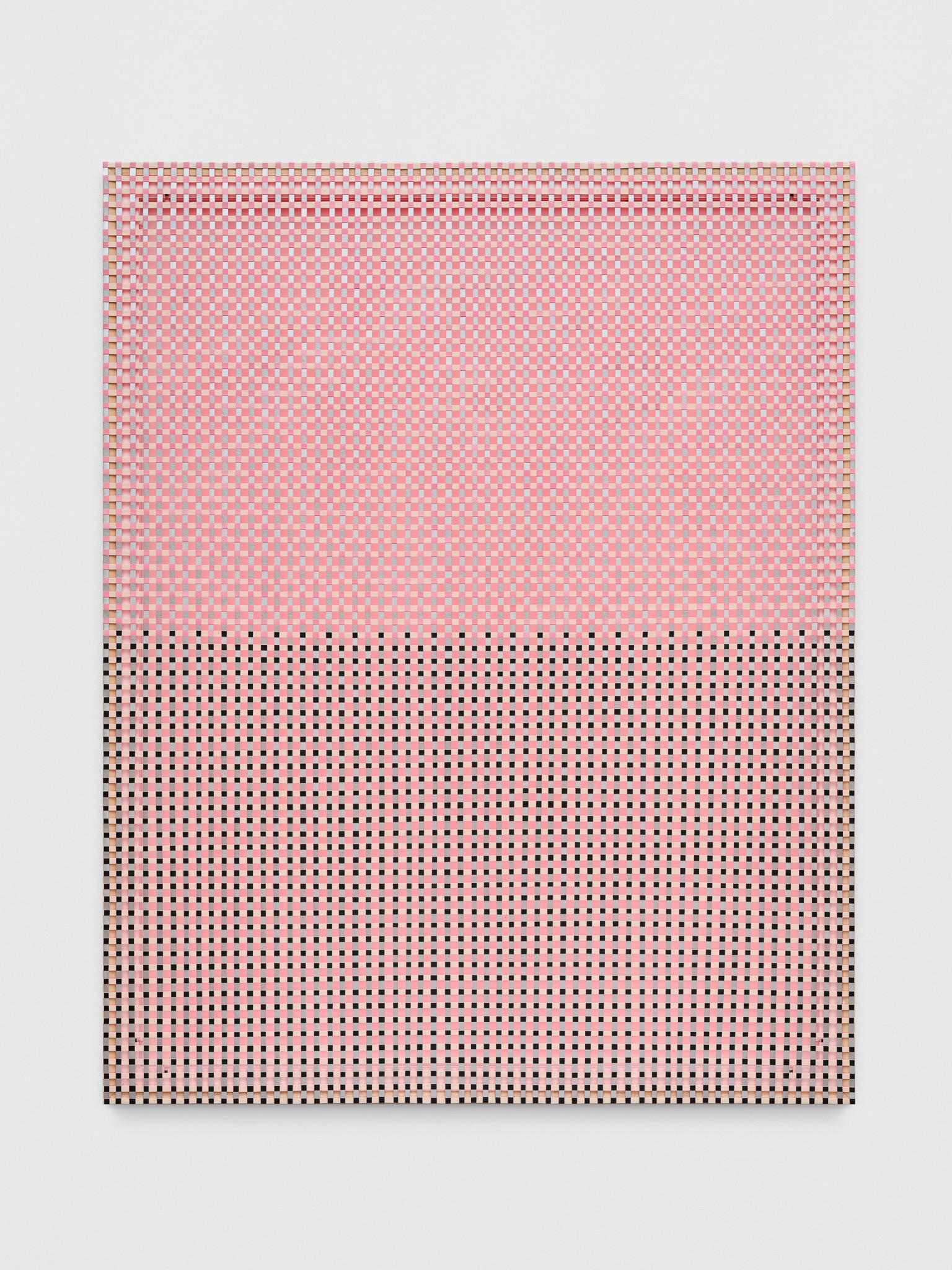
Katy Kirbach,
Blushing,
2021, Oil and acrylic on woven canvas and linen, 68 7/8h x 58 1/8w in.
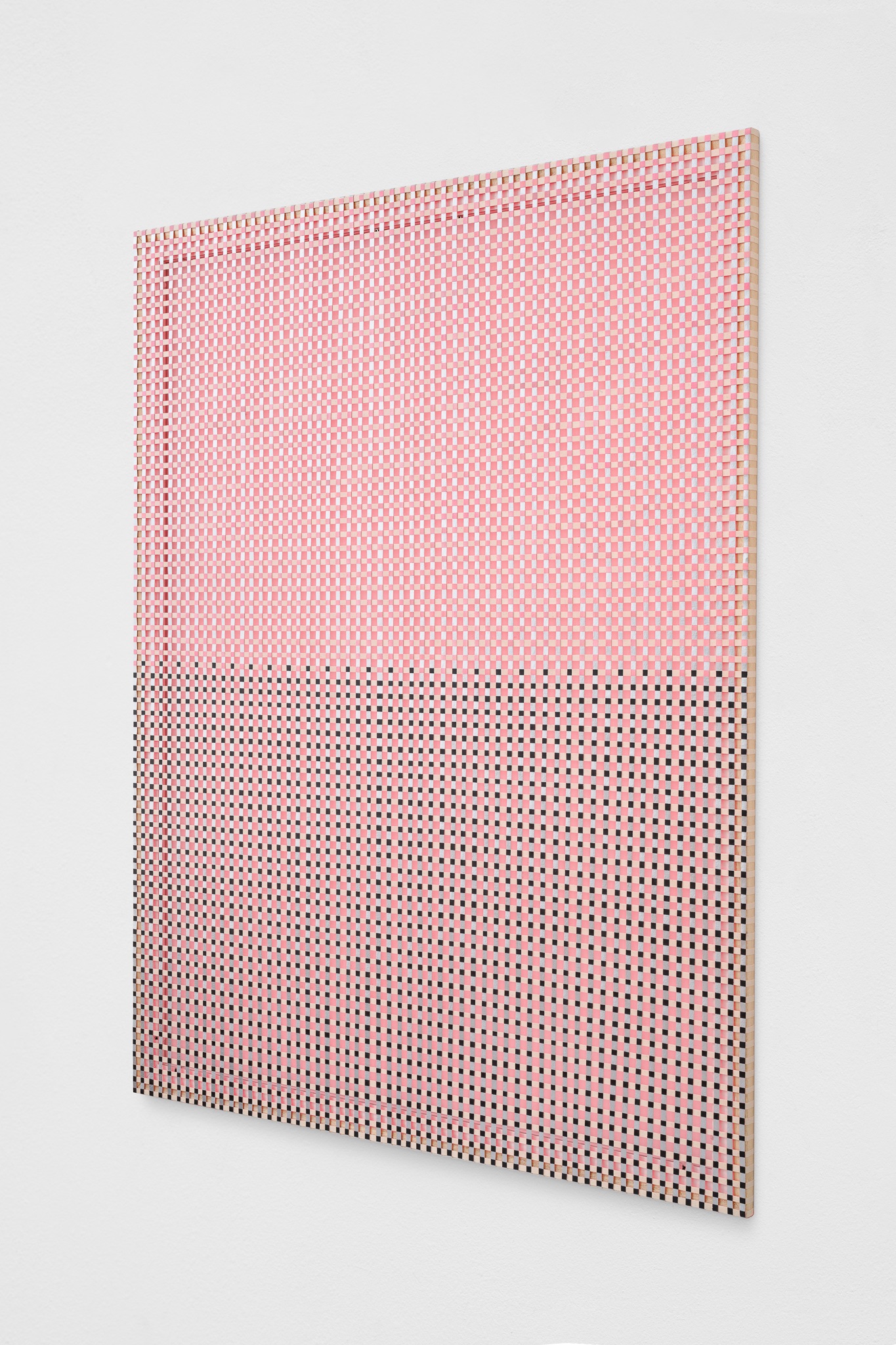
Katy Kirbach,
Blushing,
2021, Angled View
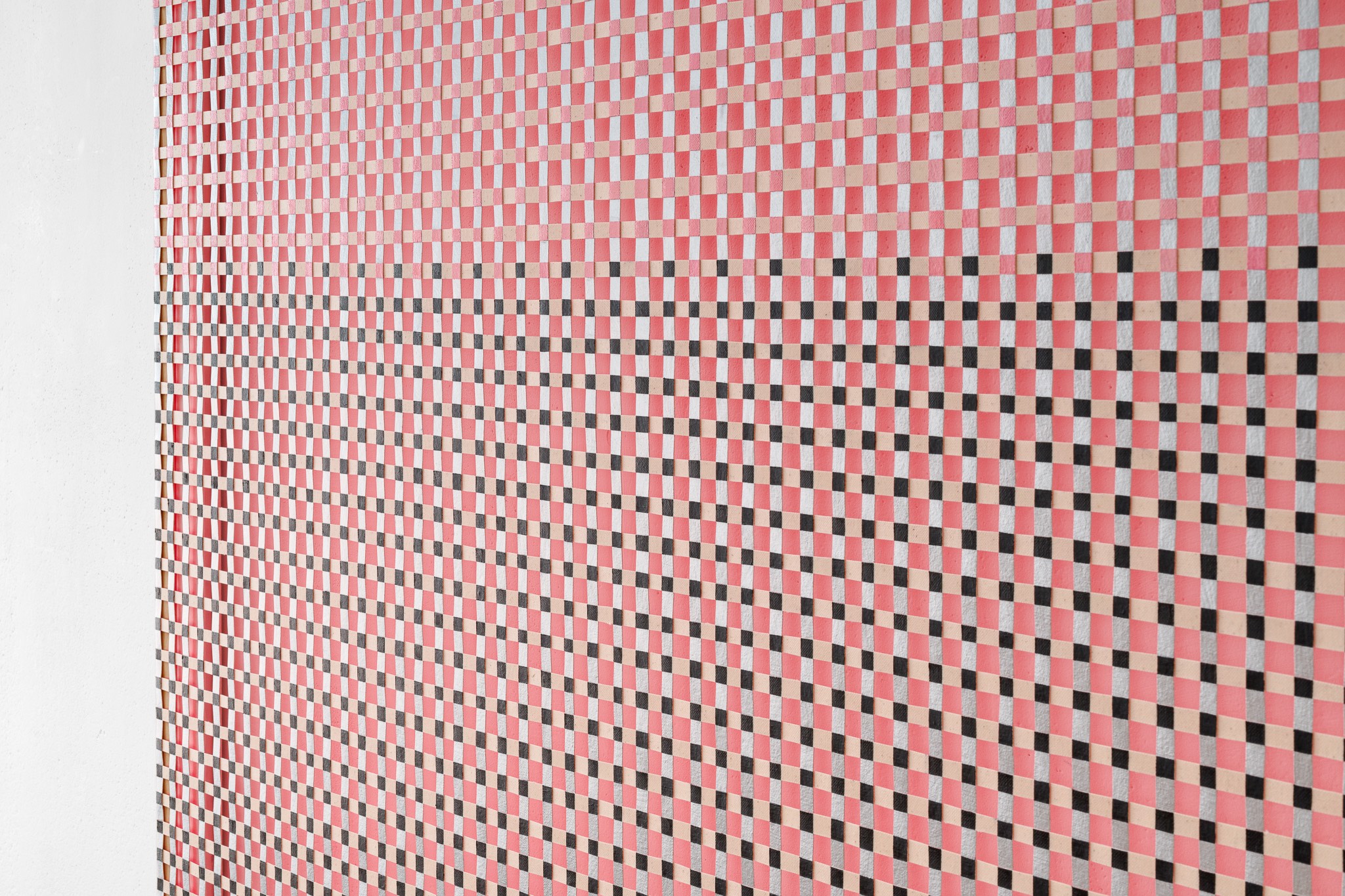
Katy Kirbach,
Blushing,
2021, Detail View
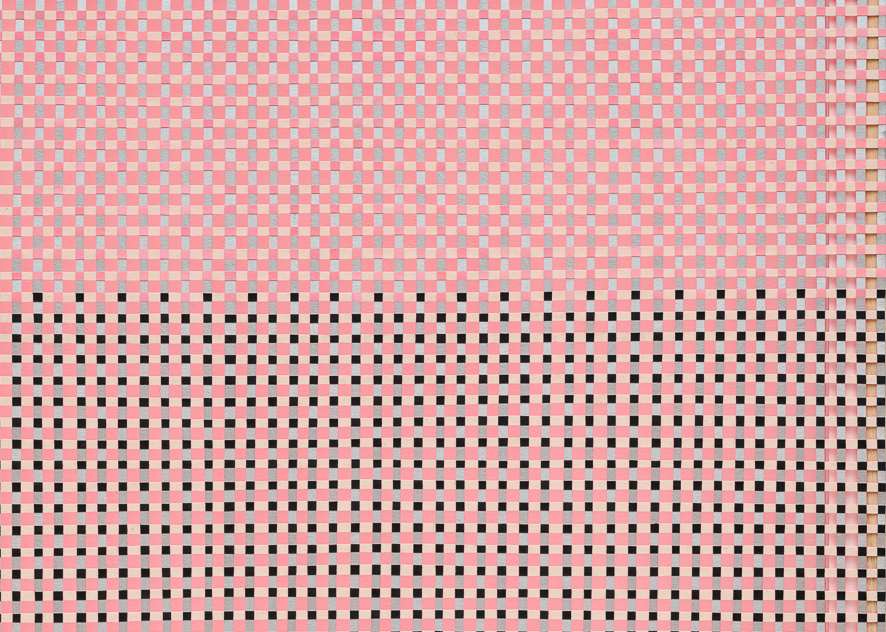
Katy Kirbach,
Blushing,
2021, Detail View
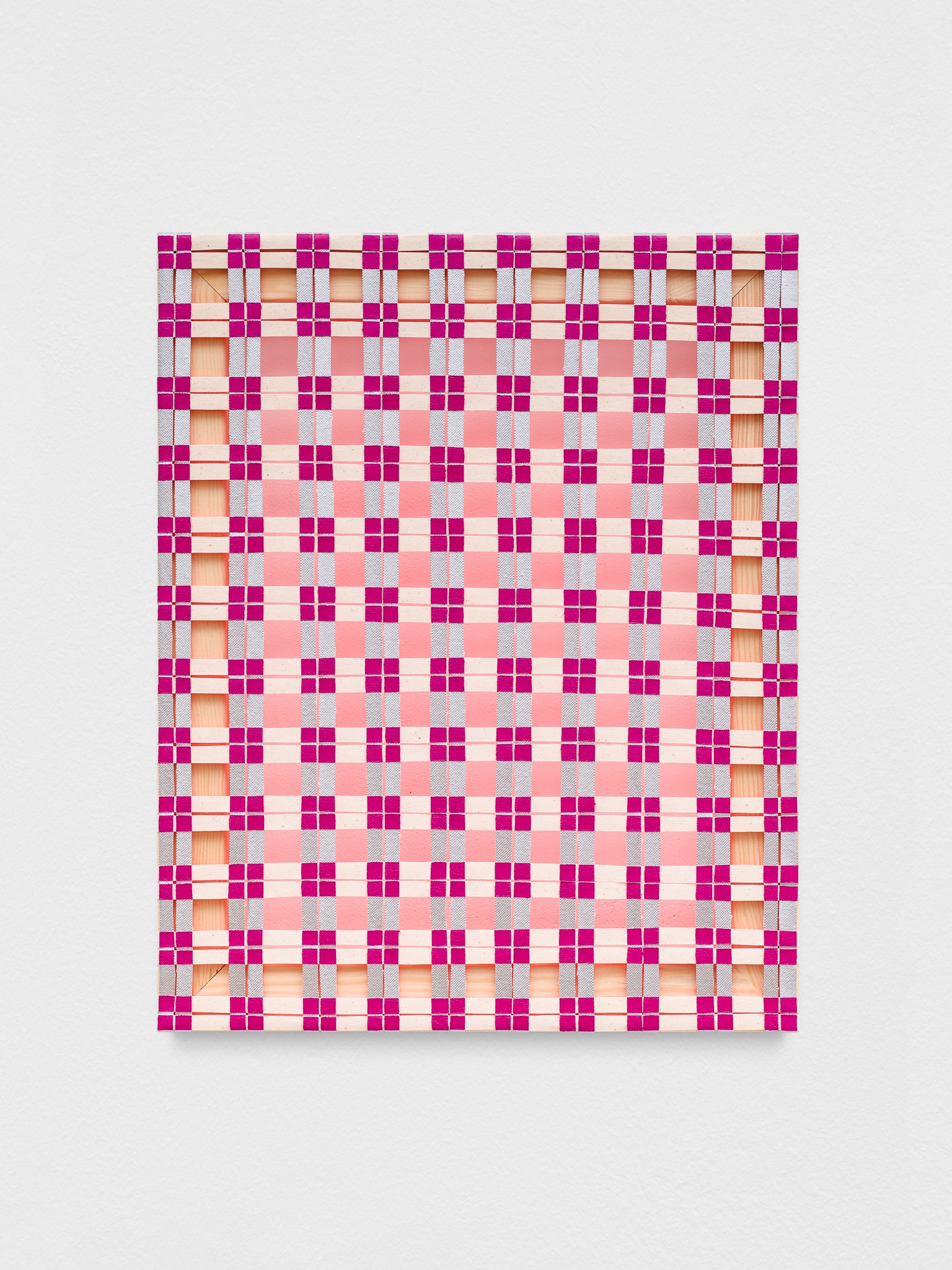
Katy Kirbach,
Untitled,
2021, Oil and acrylic on woven canvas, 19 5/8h x 15 3/4w in.
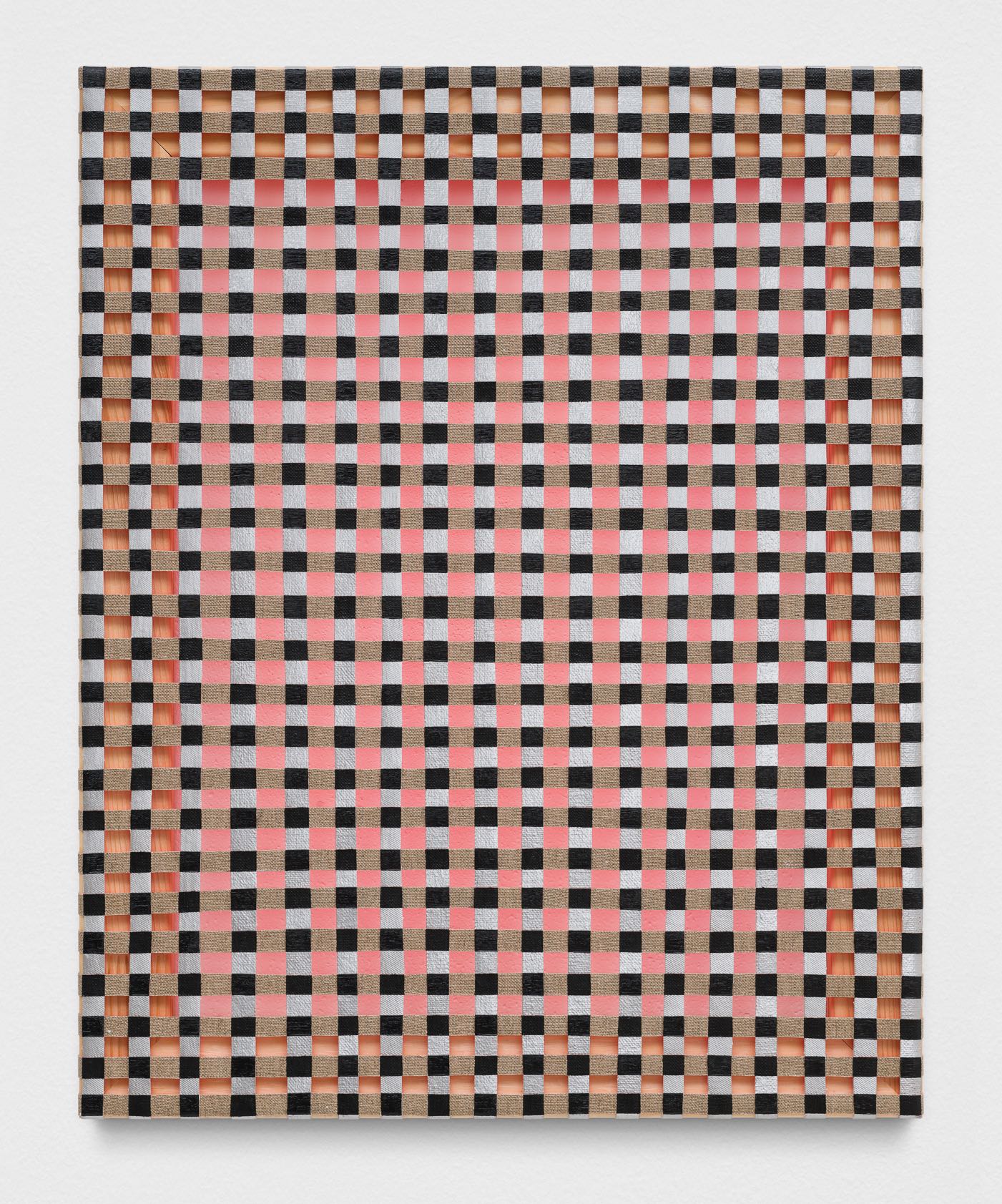
Katy Kirbach,
Untitled,
2021, Oil and acrylic on woven canvas and linen, 19 5/8h x 15 3/4w in.
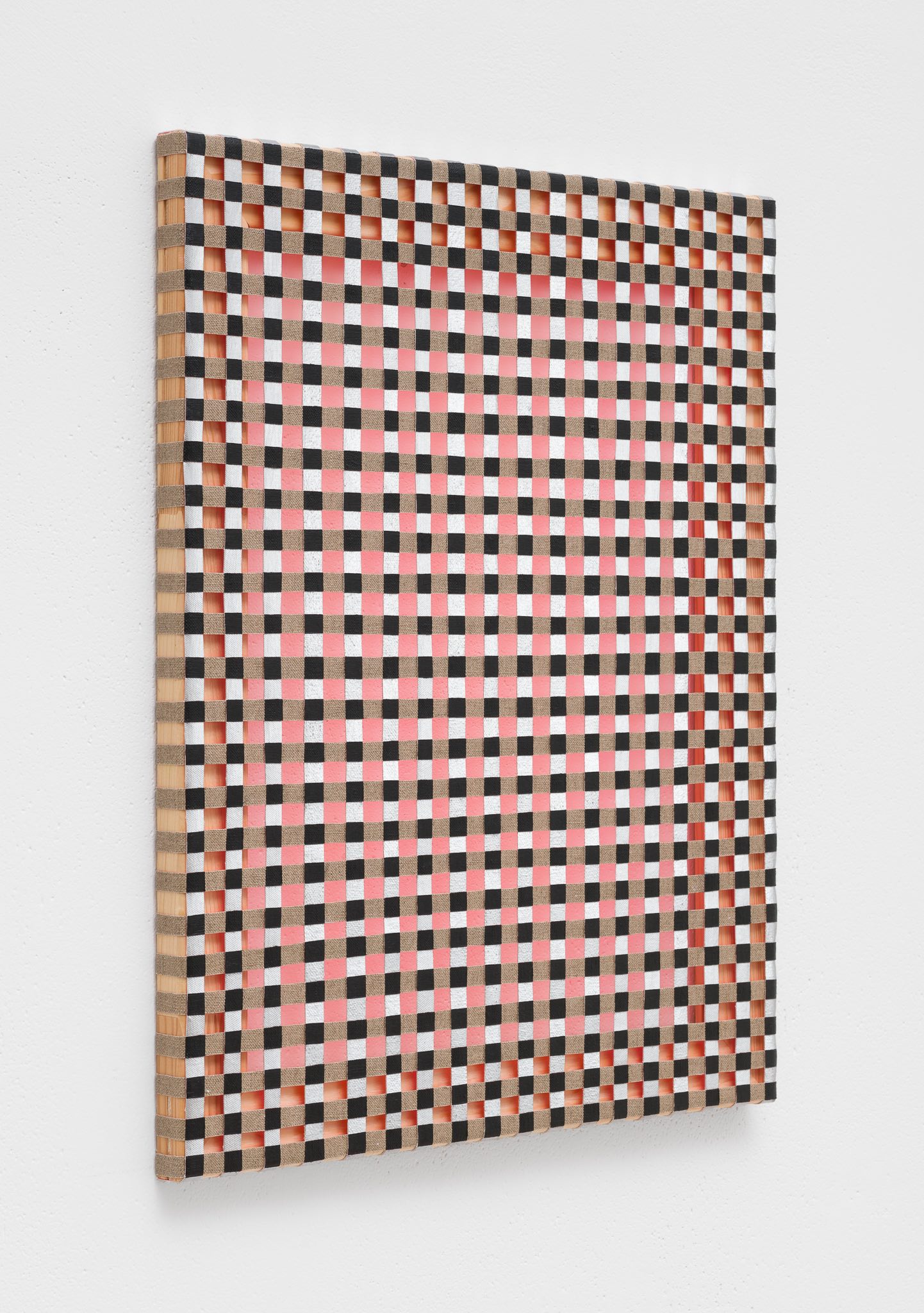
Katy Kirbach,
Untitled,
2021, Angled View
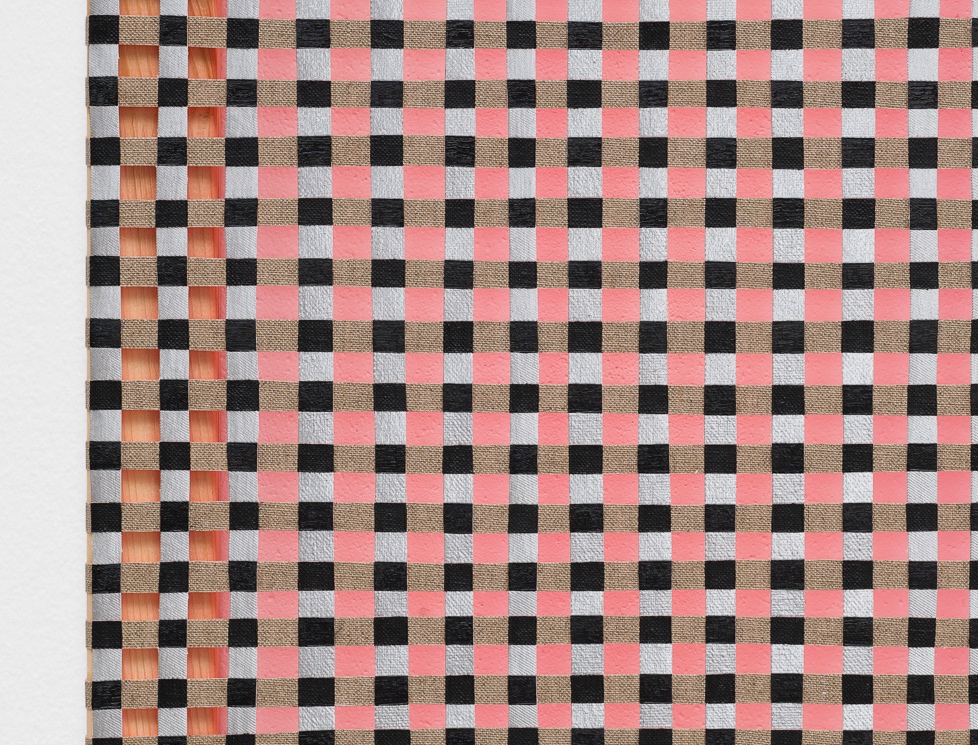
Katy Kirbach,
Untitled,
2021, Detail View
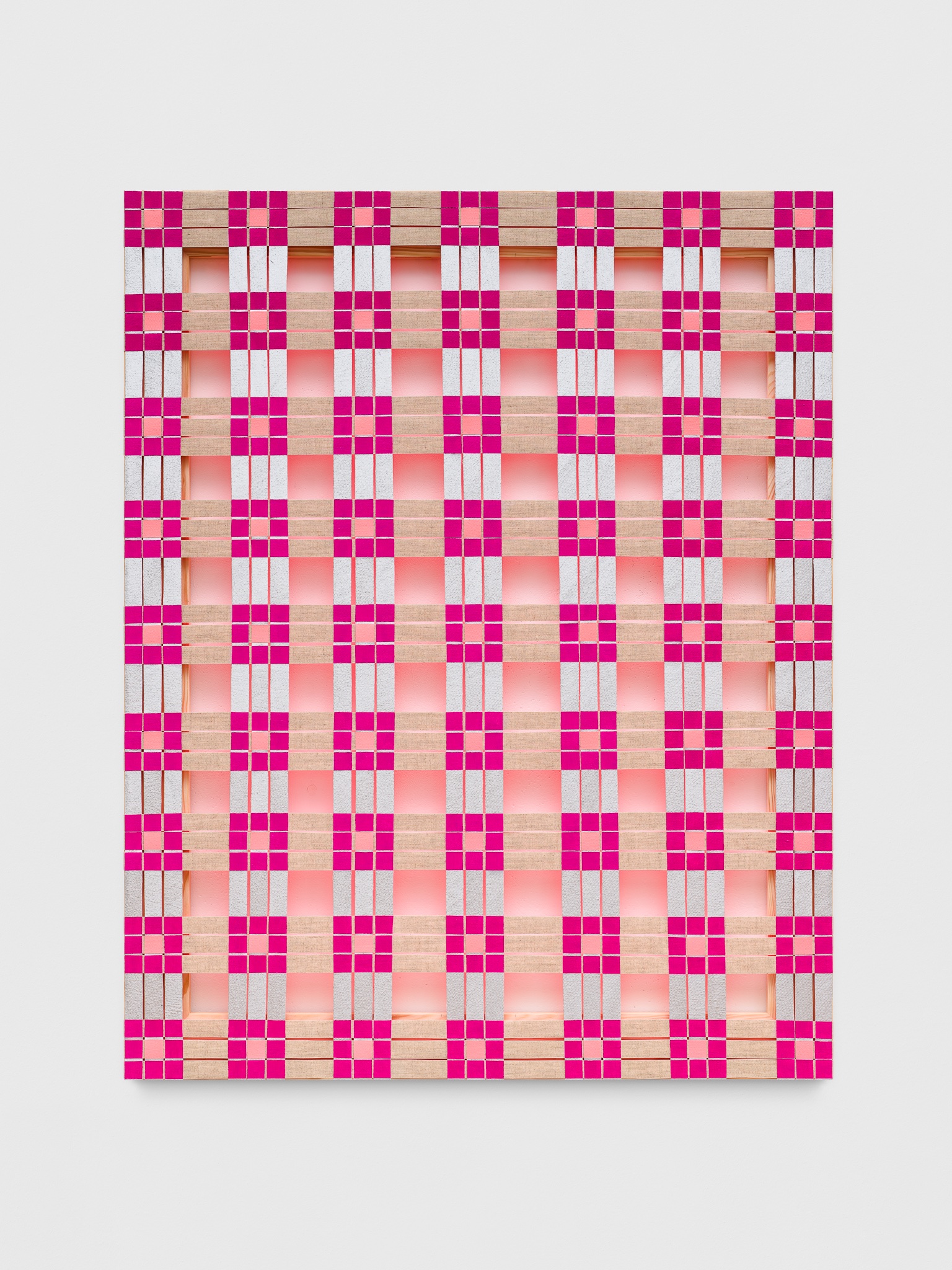
Katy Kirbach,
Untitled,
2021, Oil and acrylic on woven canvas and linen, 39 3/8h x 31 1/2w in.
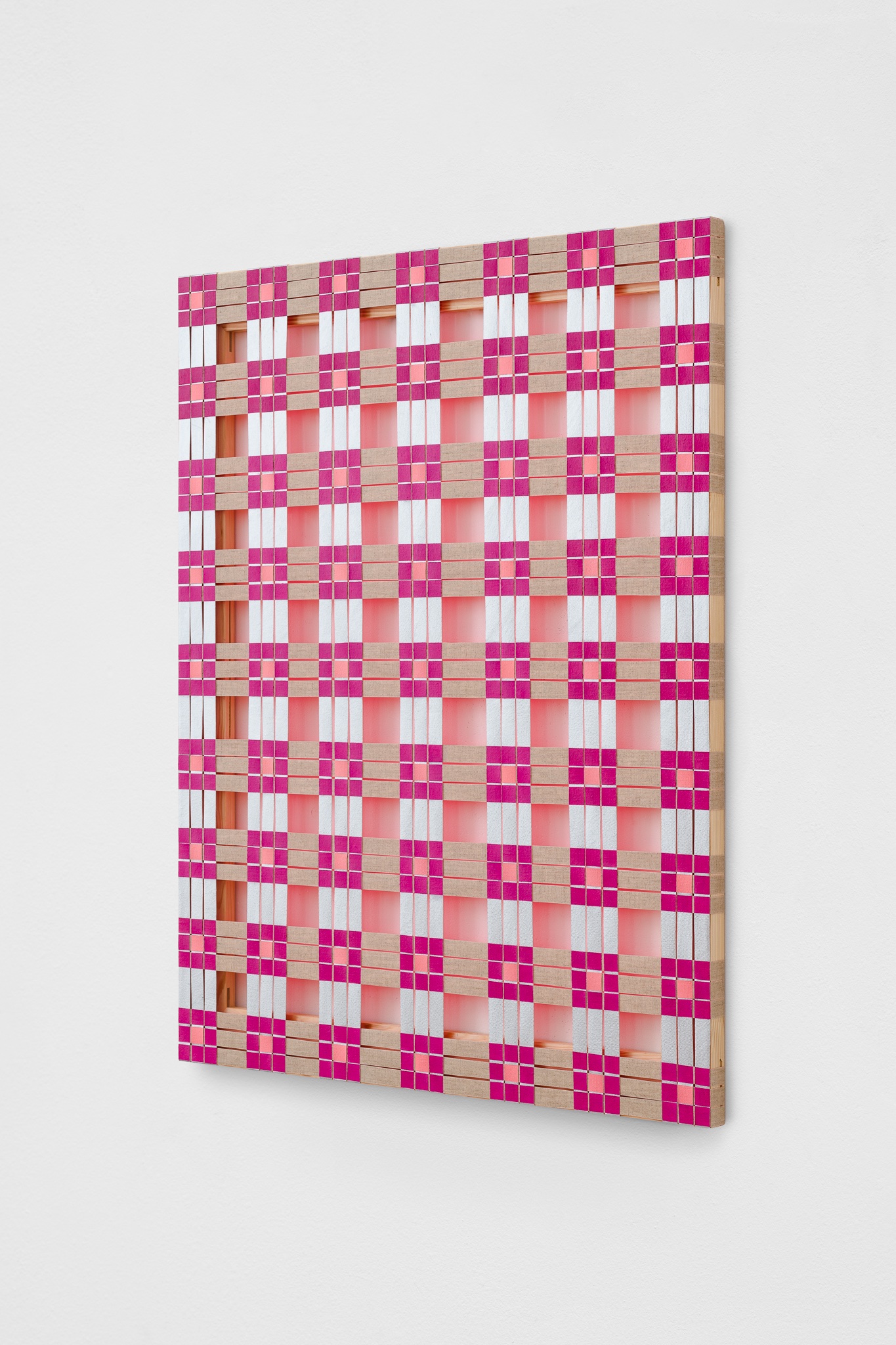
Katy Kirbach,
Untitled,
2021, Angled View
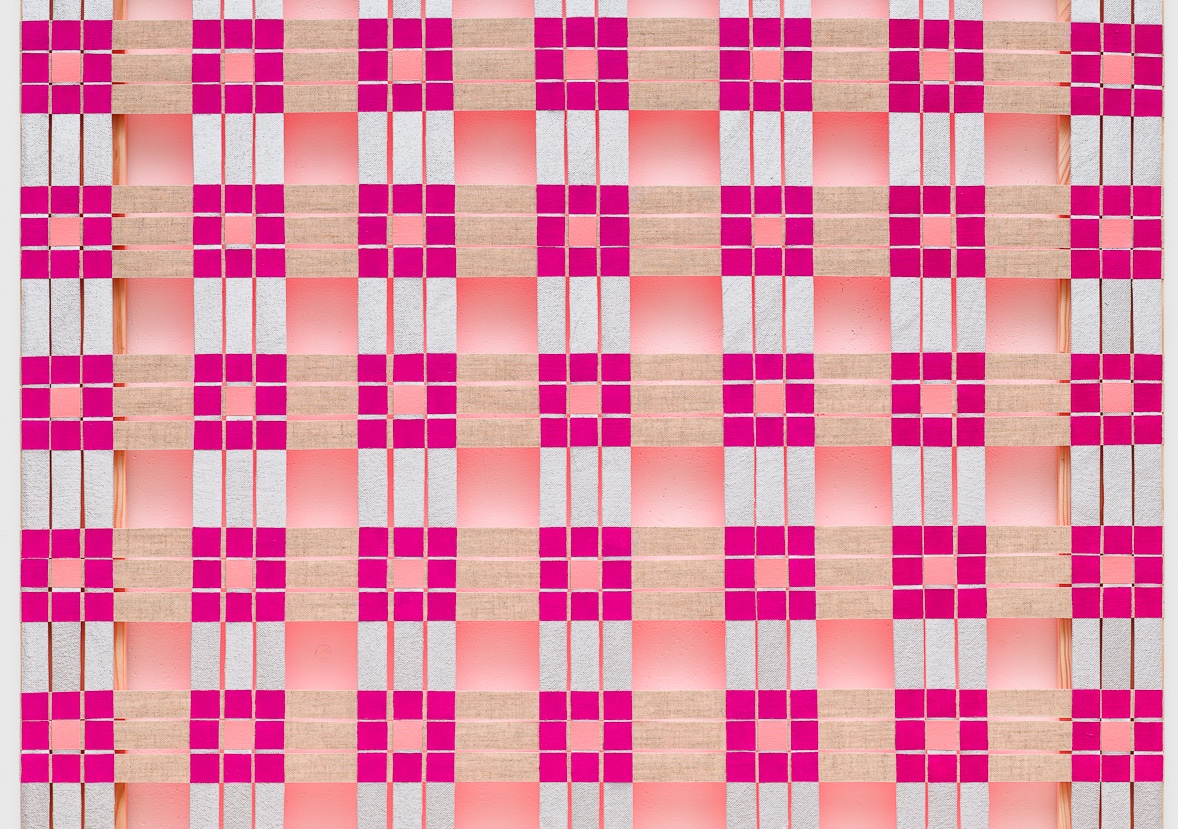
Katy Kirbach,
Untitled,
2021, Detail View
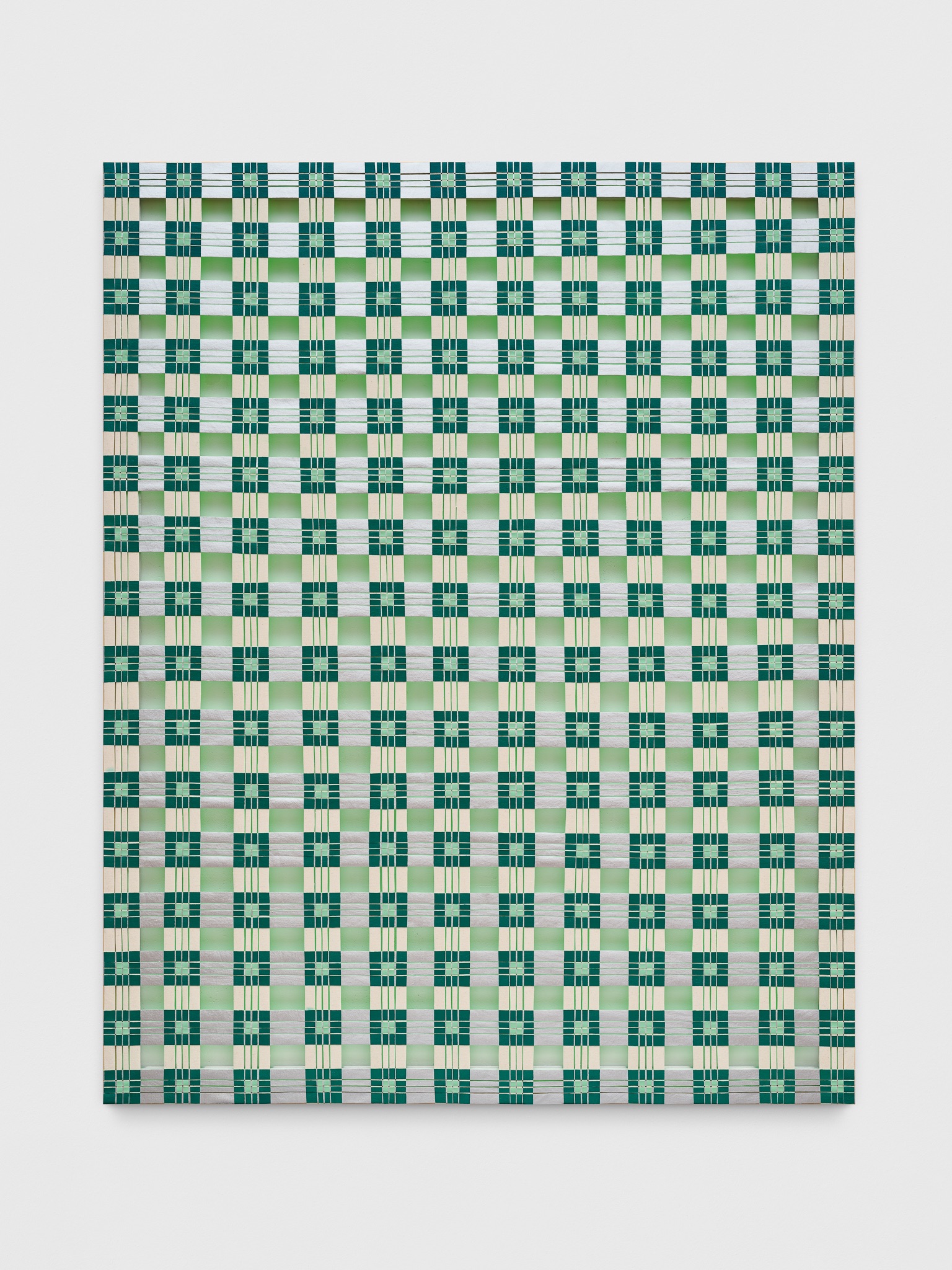
Katy Kirbach,
Untitled,
2021, Oil and acrylic on woven canvas, 68 7/8h x 55 1/8w in.
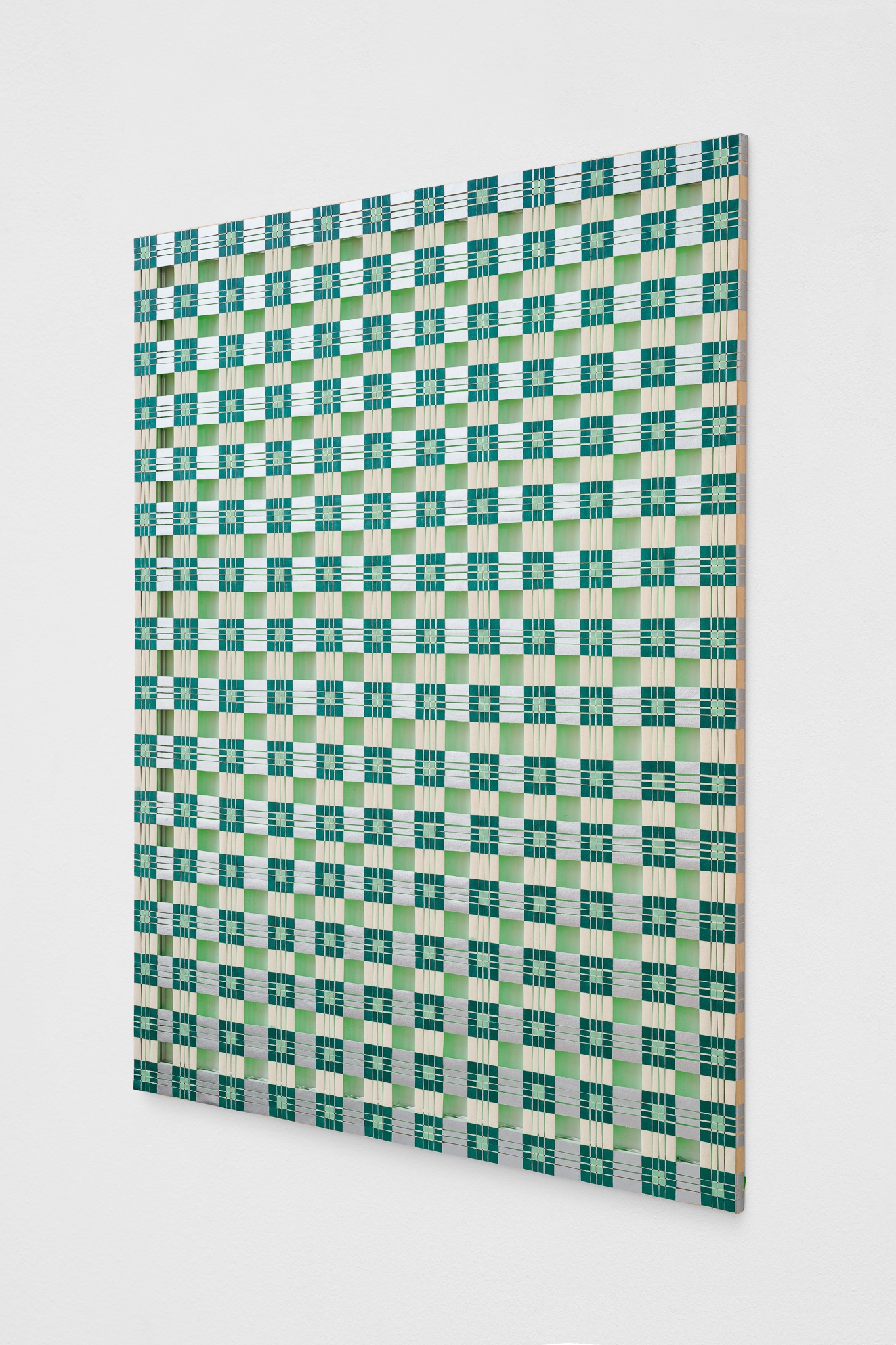
Katy Kirbach,
Untitled,
2021, Angled View
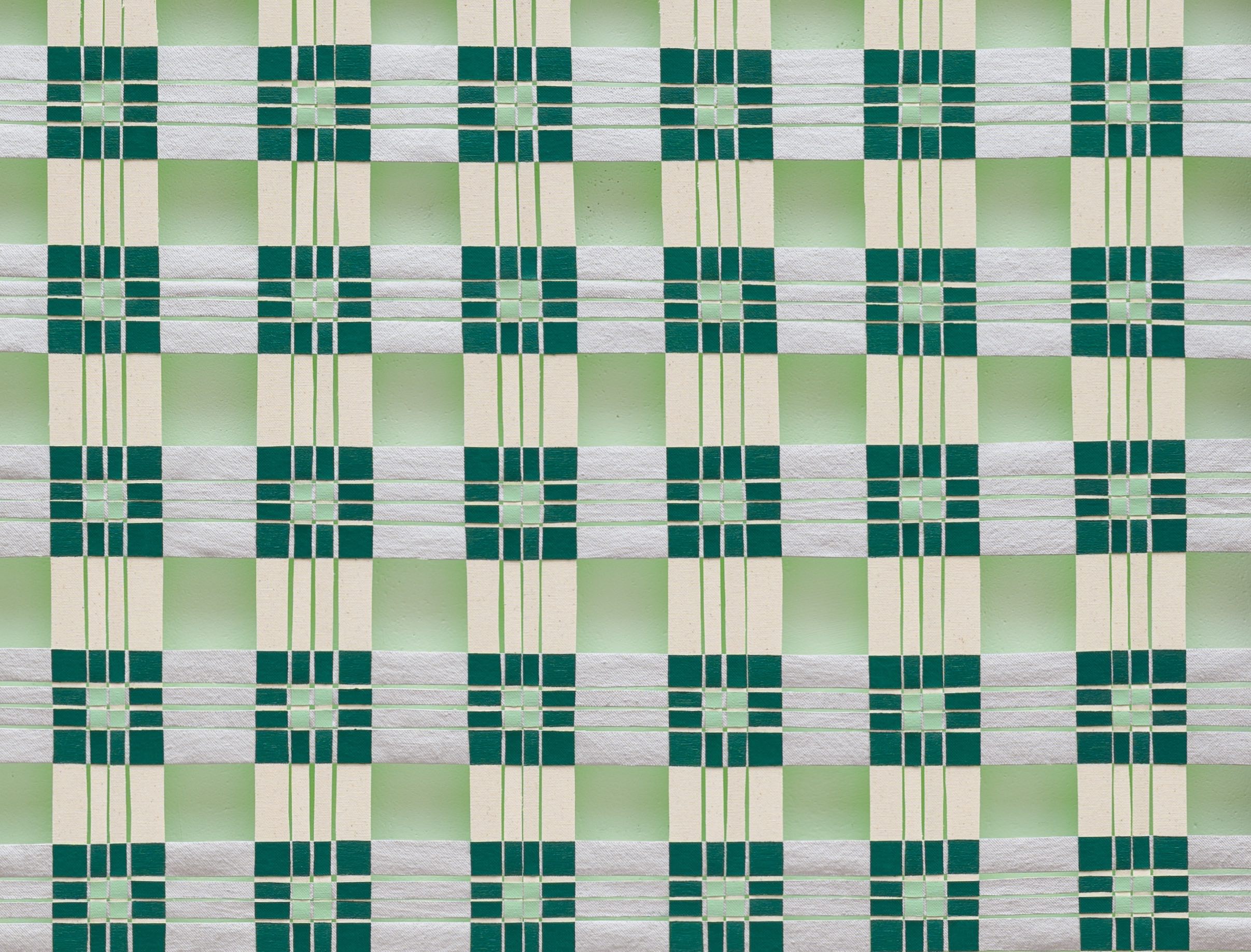
Katy Kirbach,
Untitled,
2021, Detail View
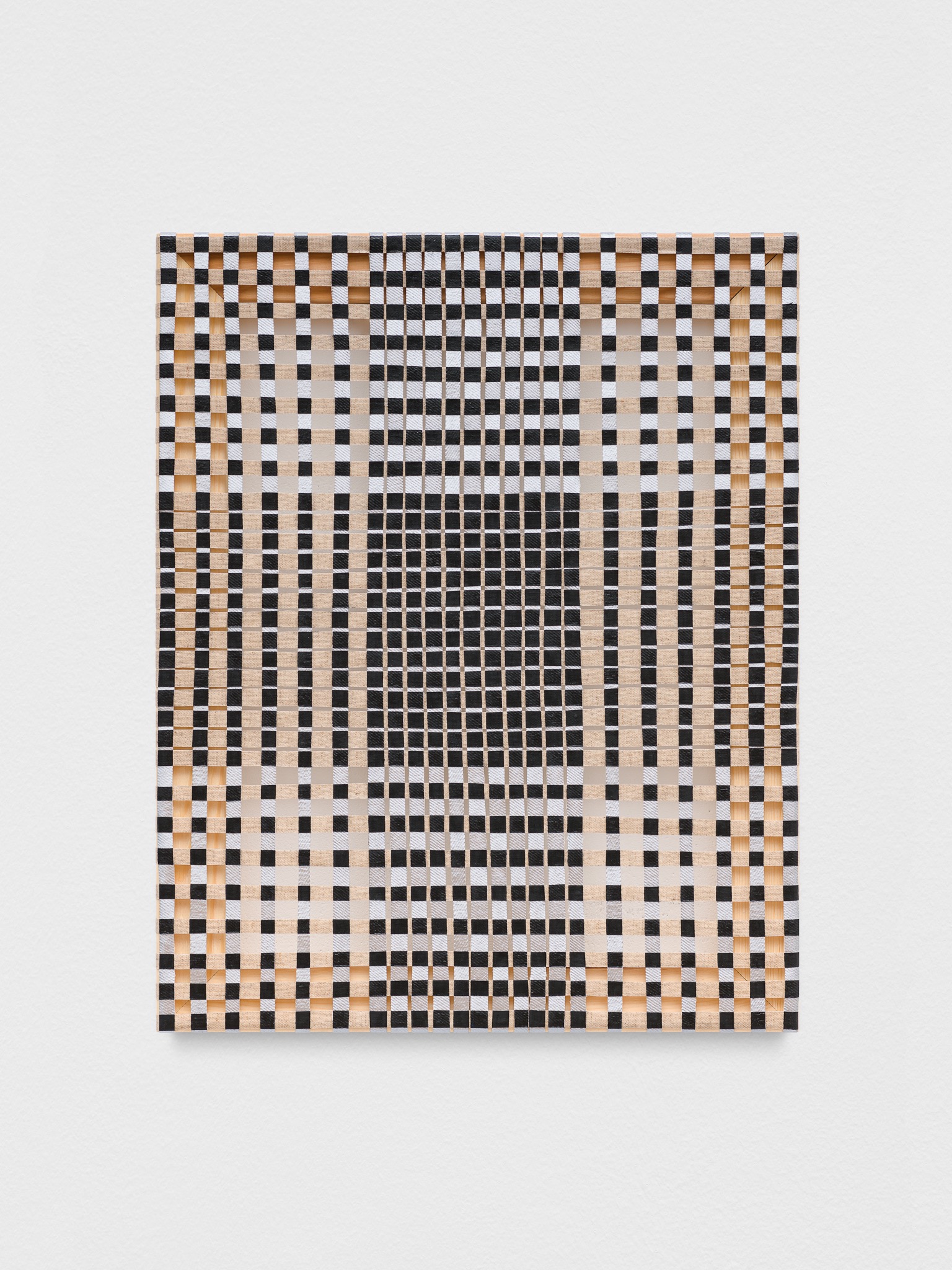
Katy Kirbach,
Untitled,
2021, Oil and acrylic on woven canvas and linen, 19 5/8h x 55 3/4w in.
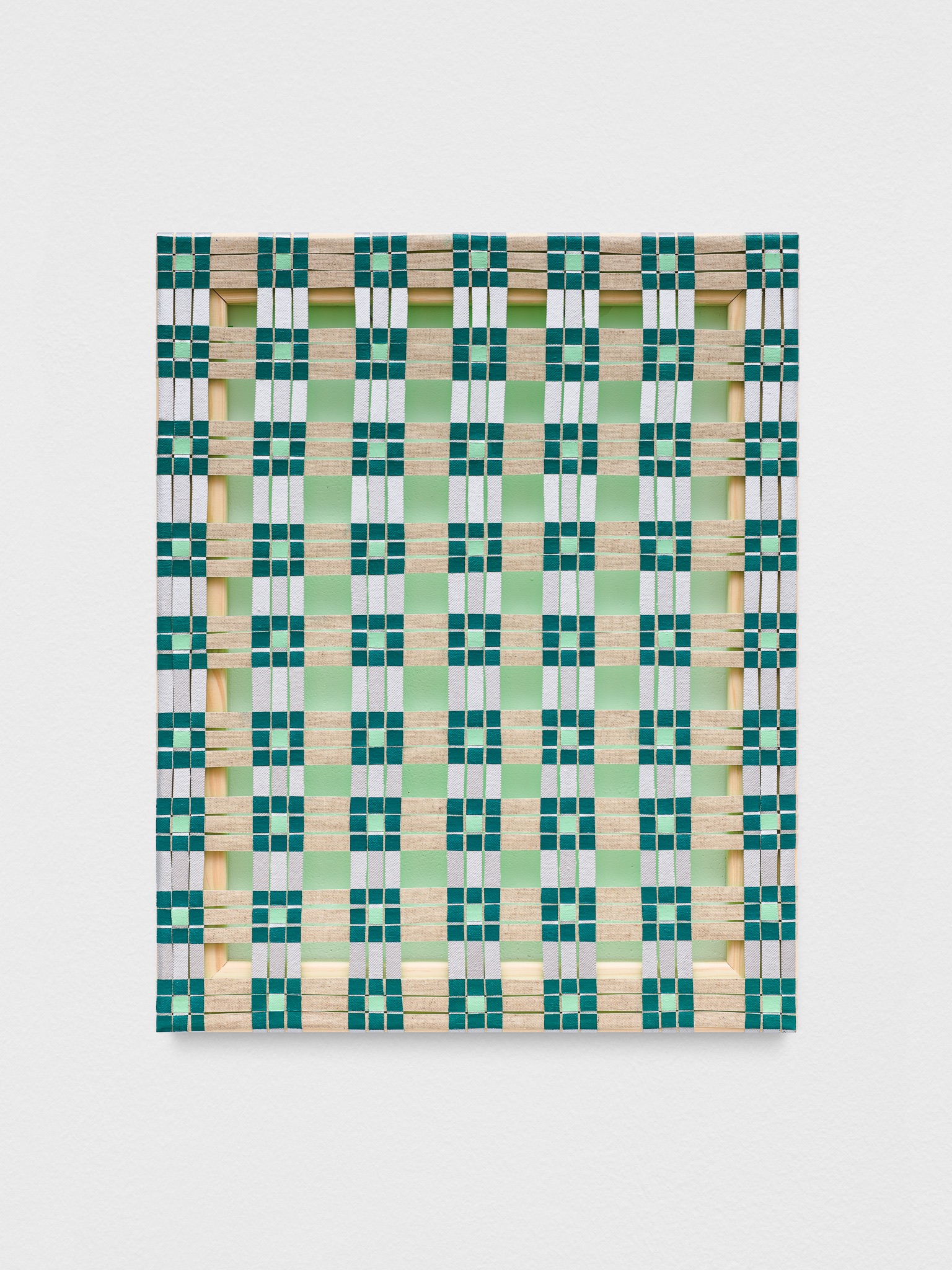
Katy Kirbach,
Untitled,
2021, Oil and acrylic on woven canvas and linen, 19 5/8h x 55 3/4w in.
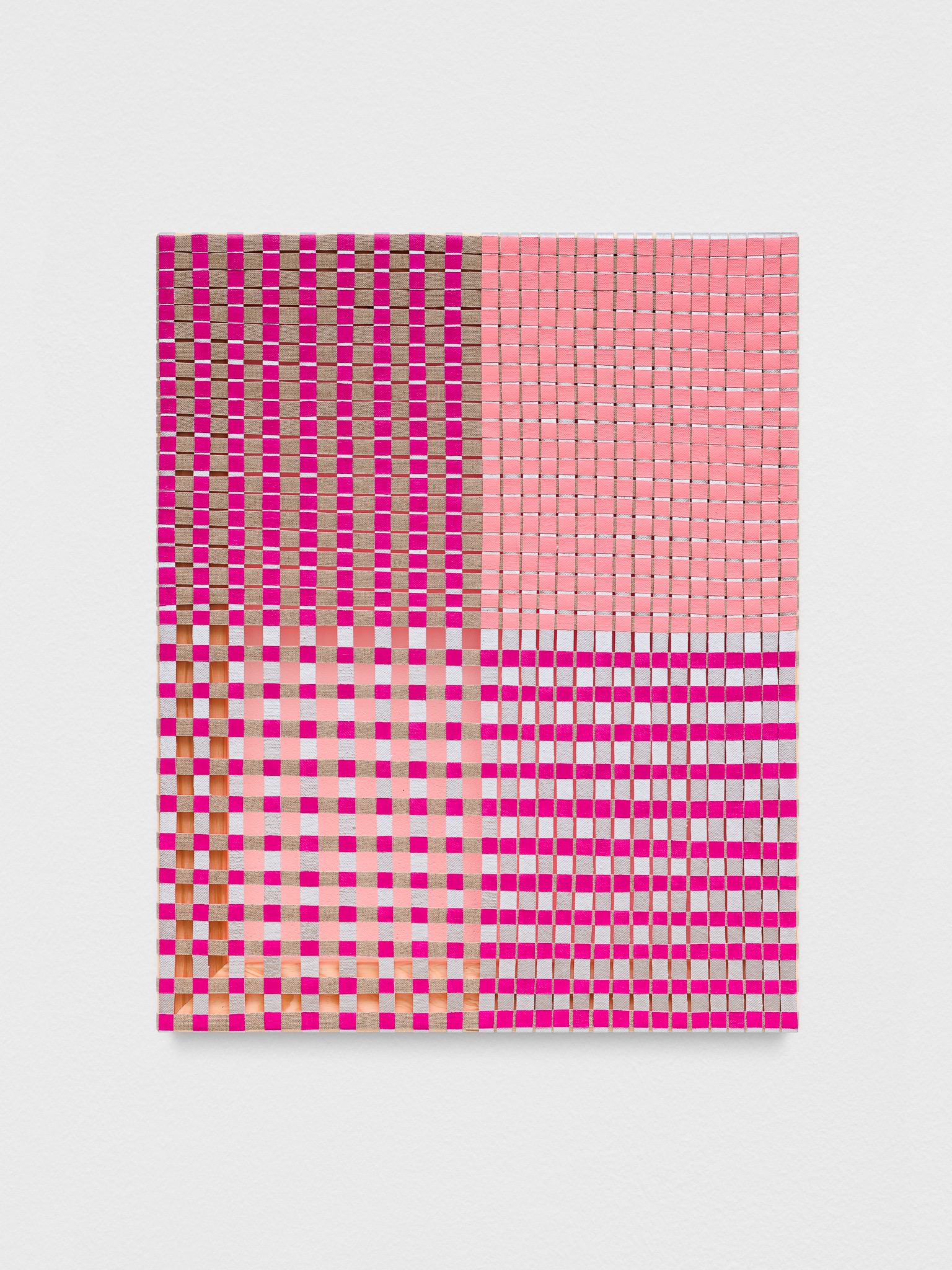
Katy Kirbach,
Untitled,
2021, Oil and acrylic on woven canvas and linen, 19 5/8h x 55 3/4w in.
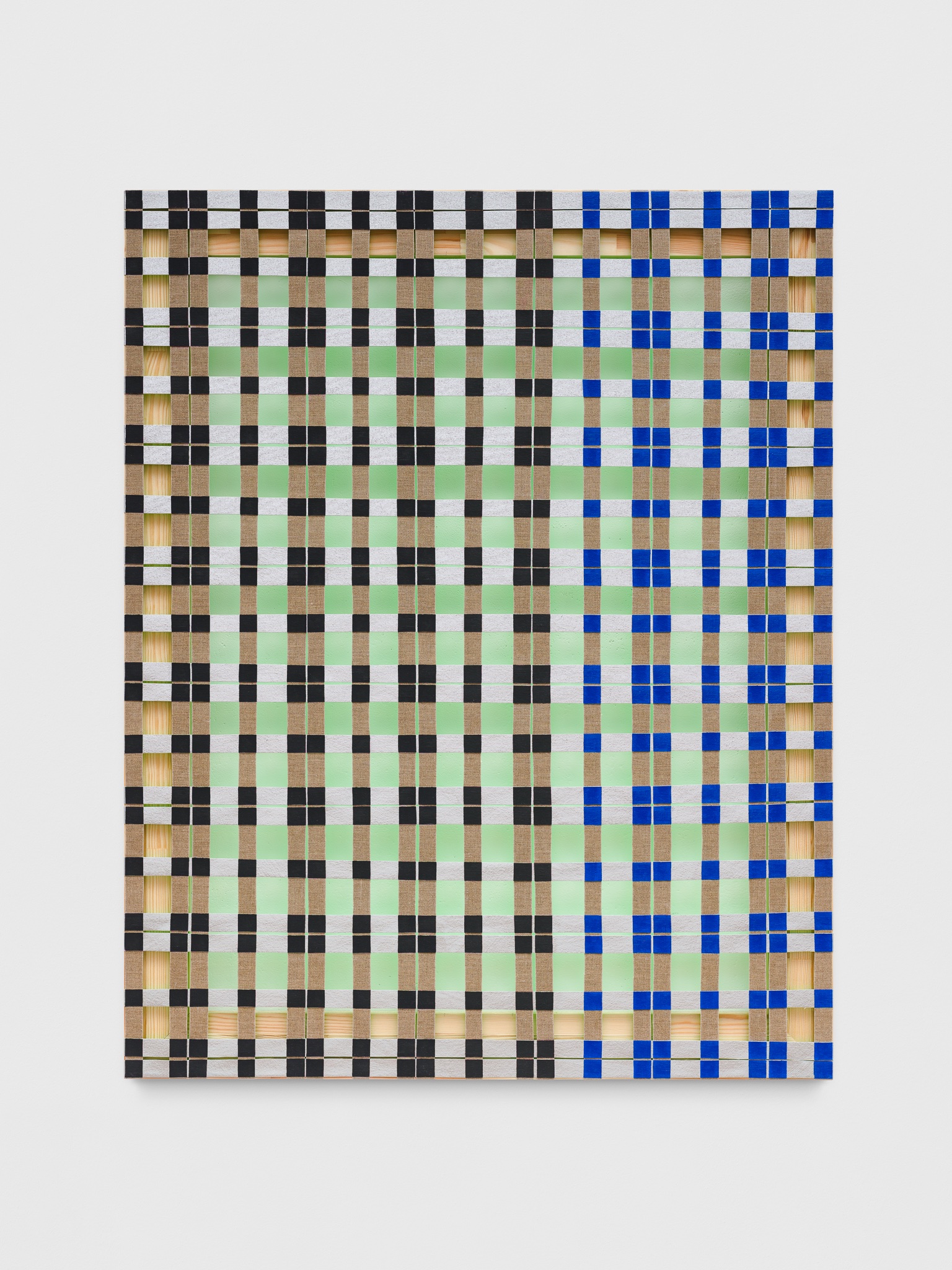
Katy Kirbach,
Untitled,
2021, Oil and acrylic on woven canvas and linen, 39 3/8h x 31 1/2w in.
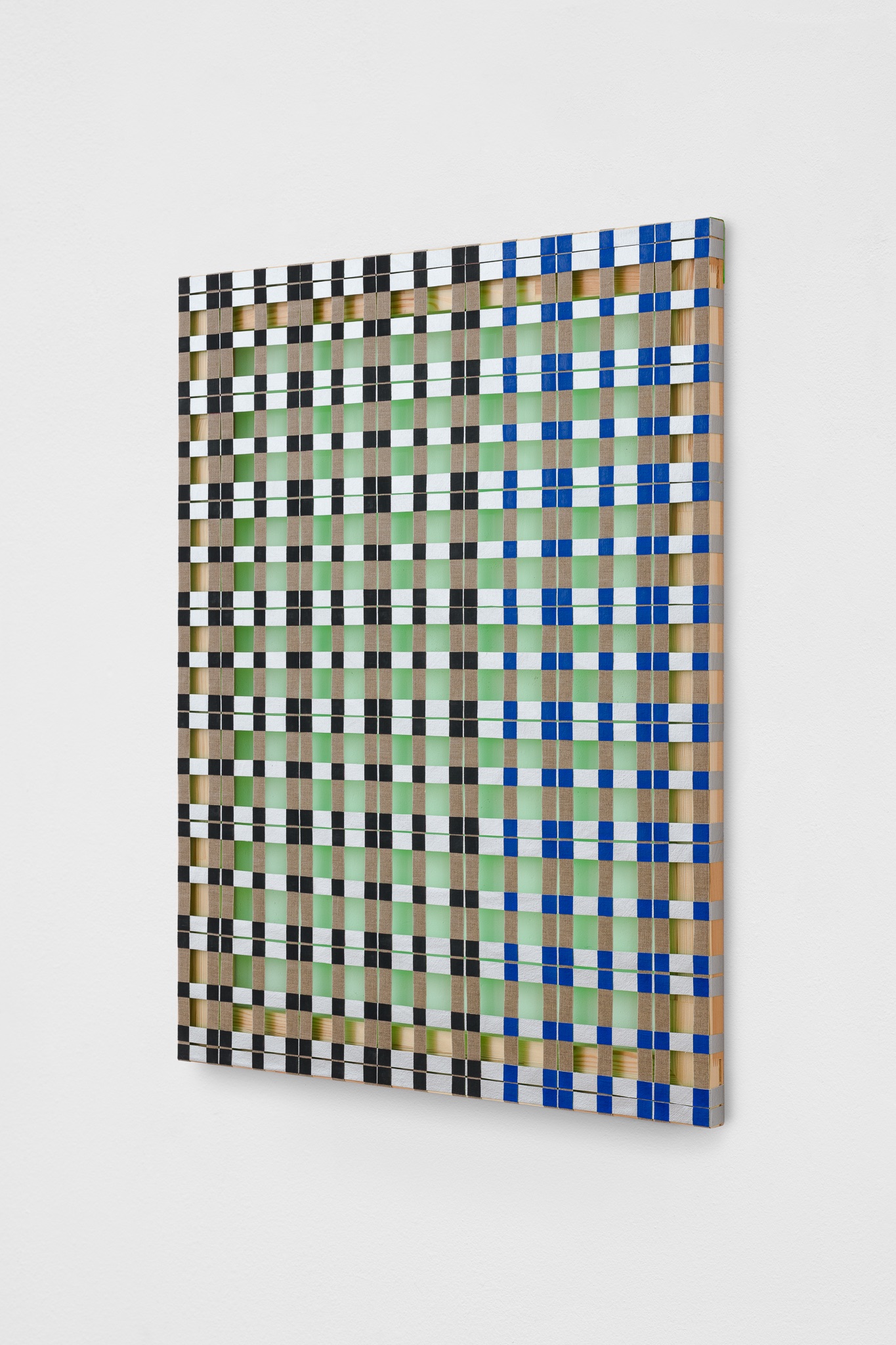
Katy Kirbach,
Untitled,
2021, Oil and acrylic on woven canvas and linen, 39 3/8h x 31 1/2w in.Angled View
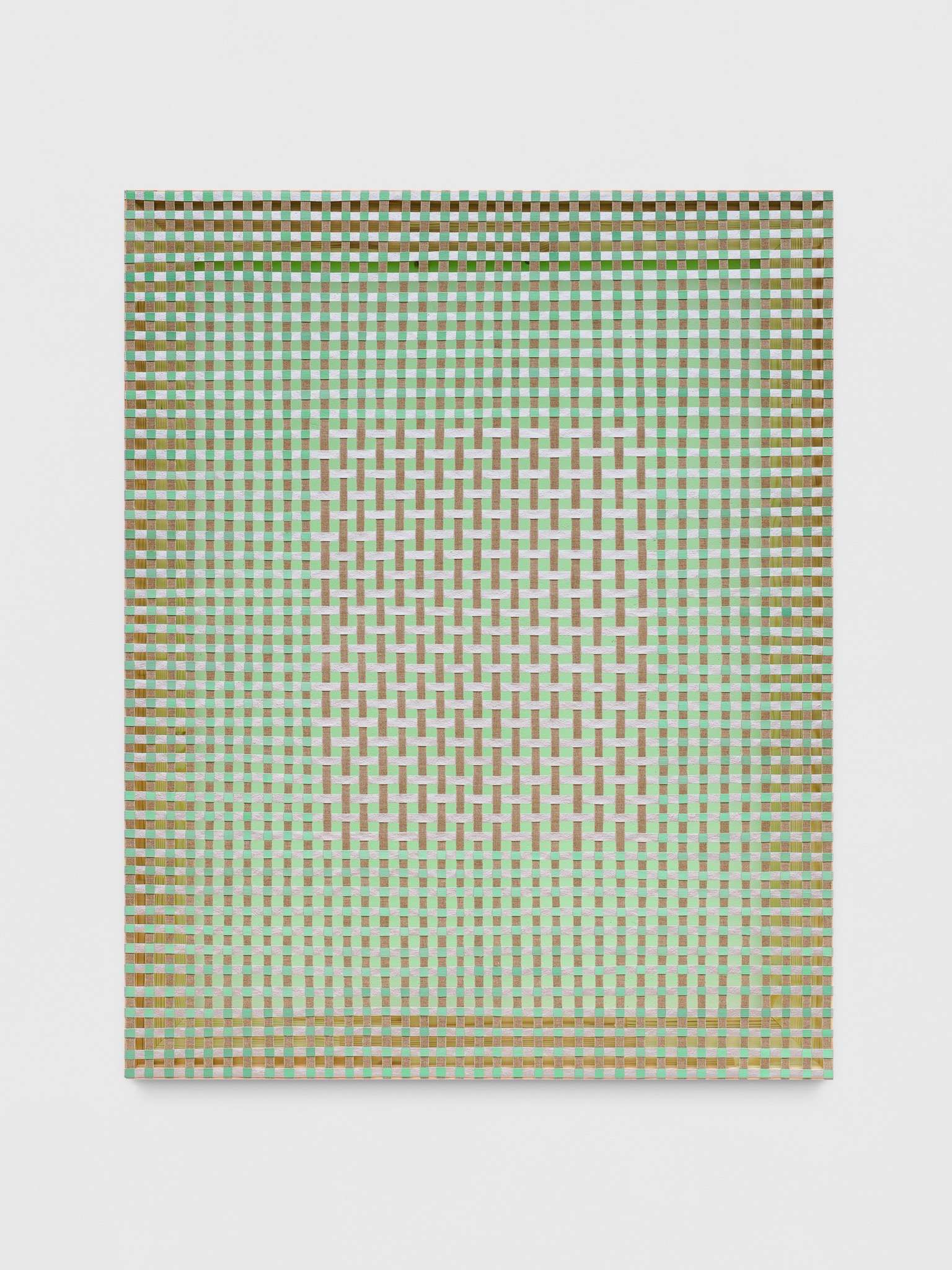
Katy Kirbach,
On A Clear Day,
2021, Oil and acrylic on woven canvas and linen, 39 3/8h x 31 1/2w in.
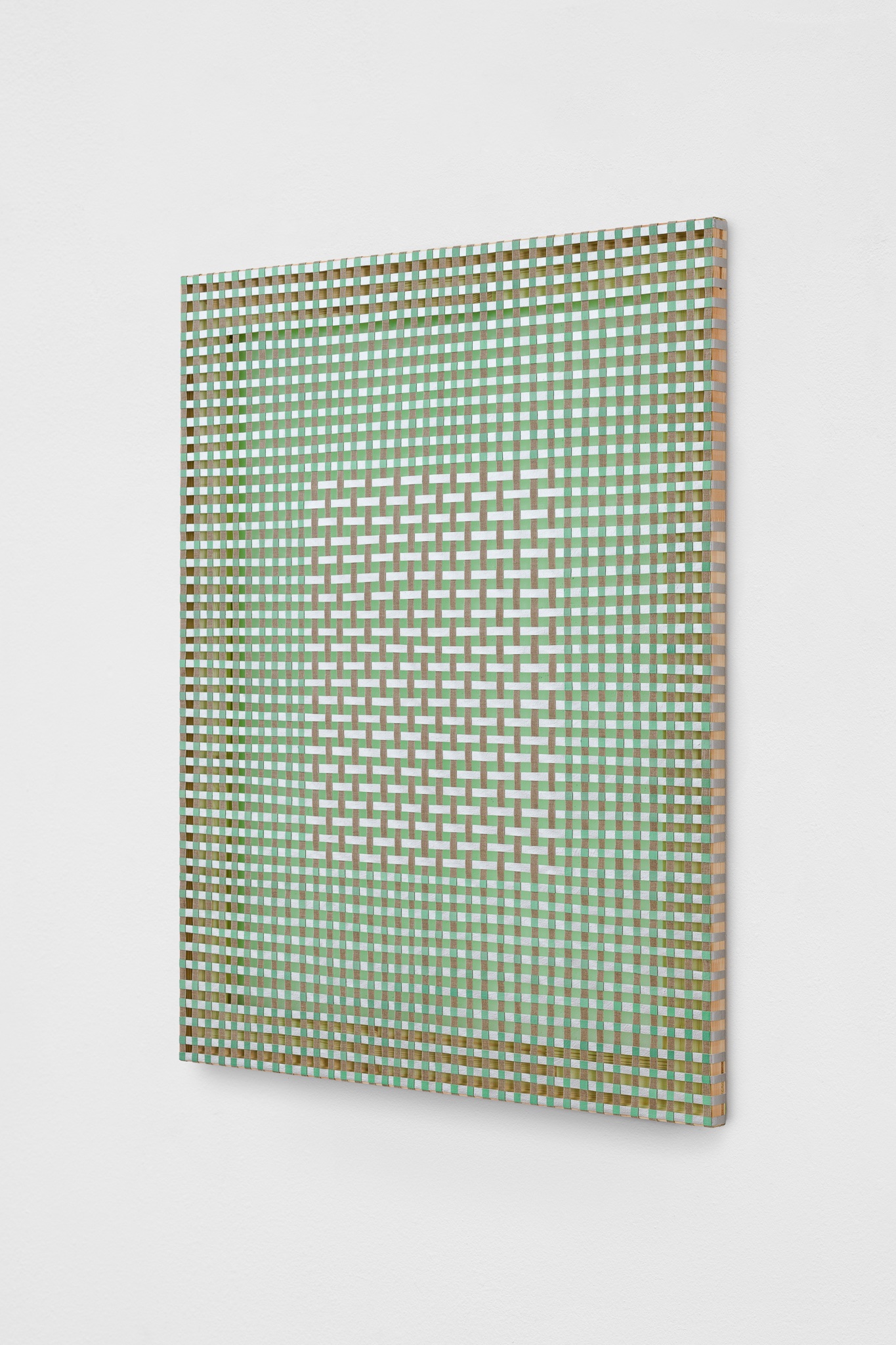
Katy Kirbach,
On A Clear Day,
2021, Angled View




















